12
Crisfield, William B.
Place of Birth: Kent
Date of enlistment: 1 February 1875
Age given at enlistment: 39
Rank: Private
Company: L
Location on 25 June 1876: Custer's column
12
Place of Birth: Kent
Date of enlistment: 1 February 1875
Age given at enlistment: 39
Rank: Private
Company: L
Location on 25 June 1876: Custer's column
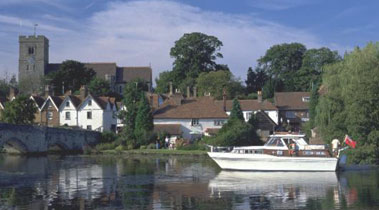
The River Medway which flows through the heart of the County of Kent. Born east of the river (Crisfield) you are a 'Man of Kent' while to the west (the author) a 'Kentish Man'.

Chart Sutton Register of Baptisms 1 March 1840. Note no second name or initial 'B'.

St. Michael's Church, Chart Sutton. William Crisfield was baptised here. (Author's photograph 10 August 2013).

The much-restored Gravesend Pier was built in 1834 and is the oldest cast iron pier in the world. William Crisfield sailed to America from here on 22 January 1851. (Author's collection)

William B. Crisfield (Little Bighorn Battlefield National Monument Collection).
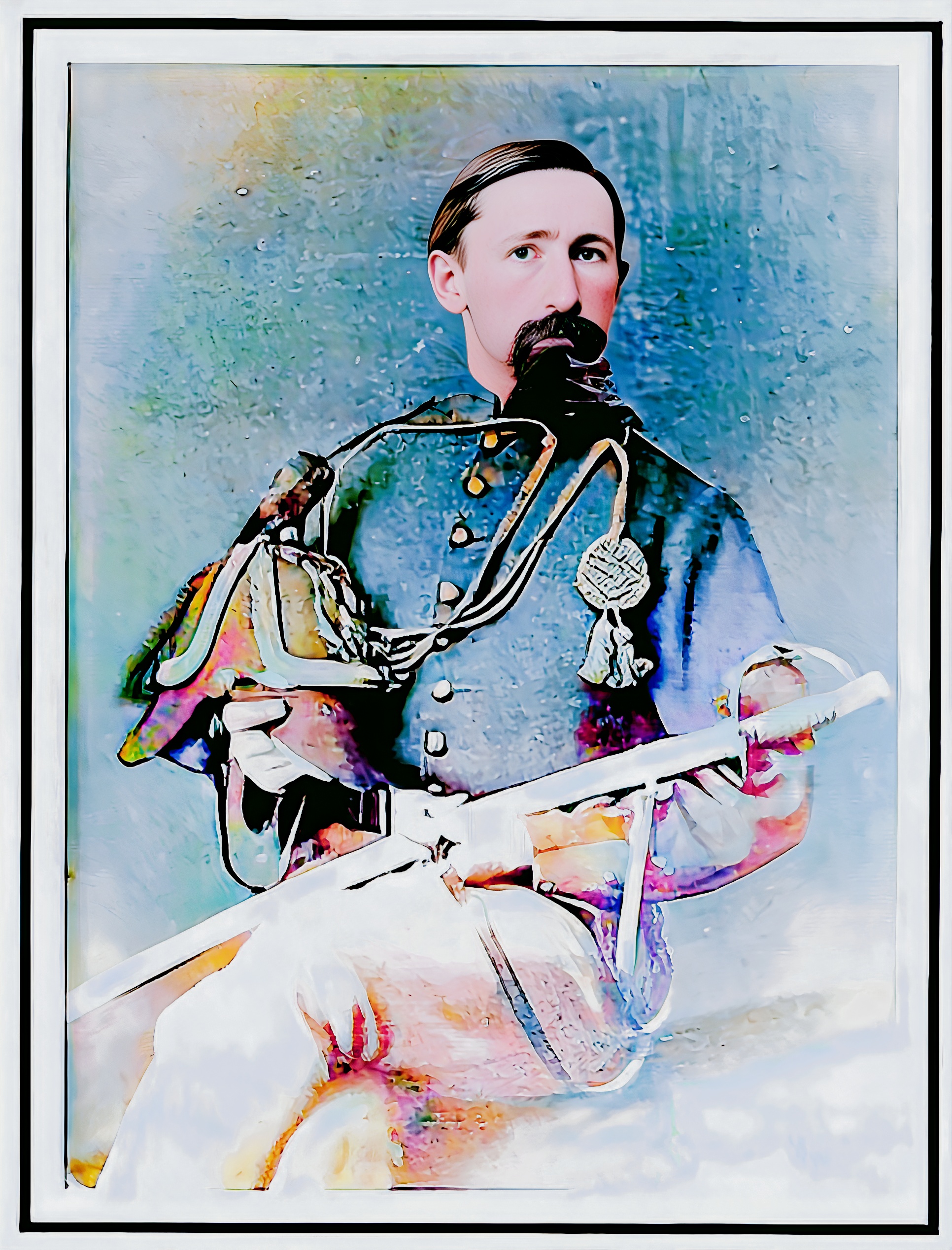
William B. Crisfield - a colourised version courtesy of Gil Graham.

Mrs Mary Personeus (formerly Crisfield) in later life. Photograph courtesy of Richard Austin Jr.

Grave marker of Mary Personeus, Mayfield Memorial Park Cemetery, Carlinville, Illinois. (Author's collection)
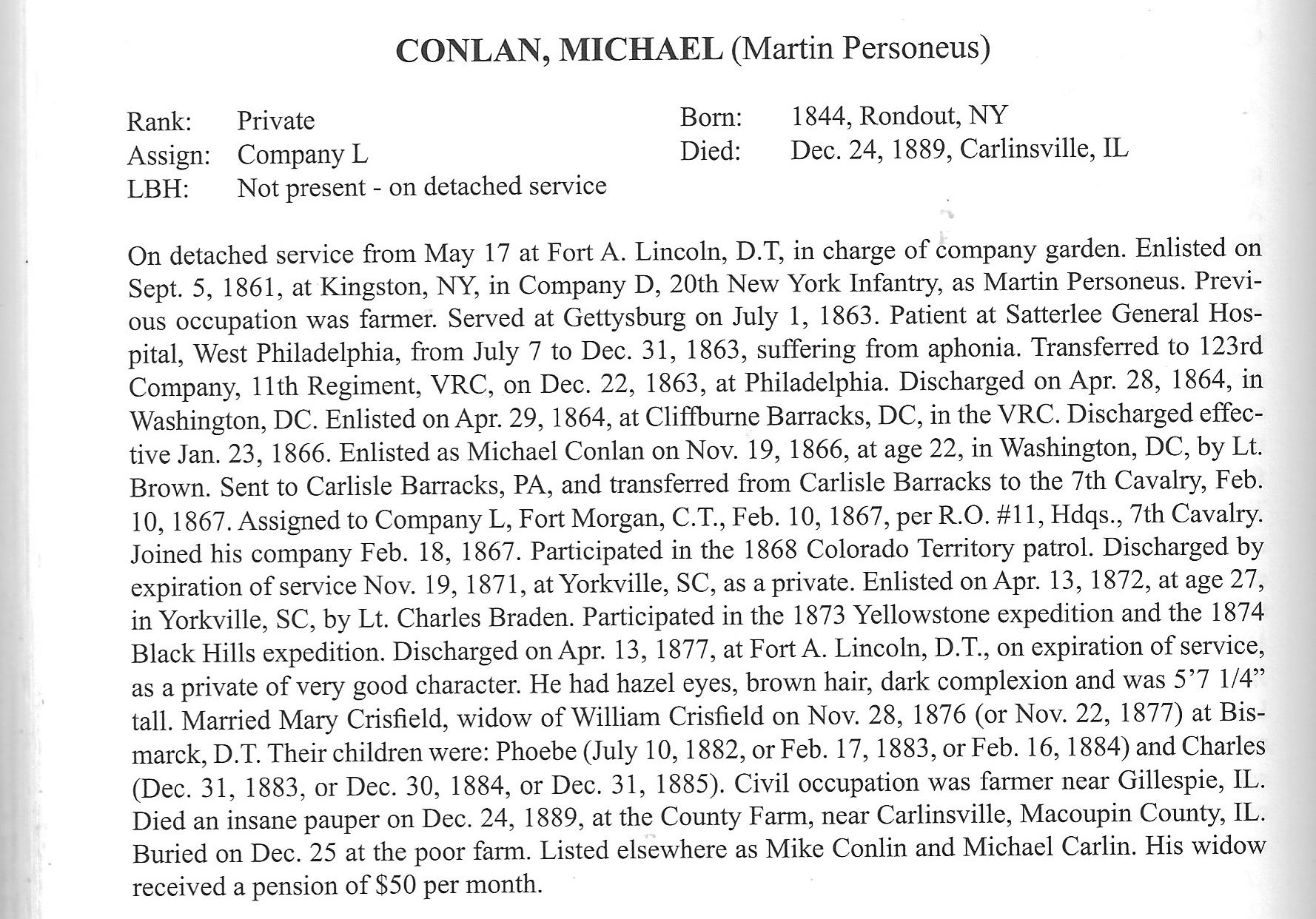
'Men With Custer: Biographies of the 7th Cavalry', Edited by Ronald H. Nichols with Daniel I. Bird, CBHMA (2010), p.74

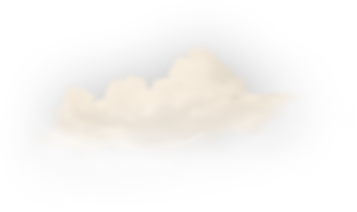





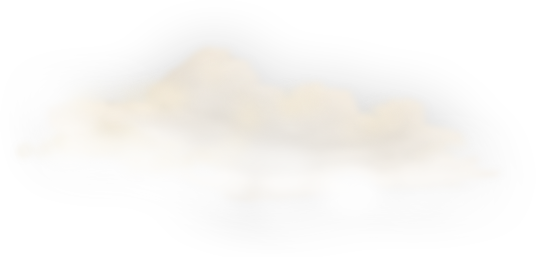









Comments:
Crisfield’s date of birth has yet to be established.